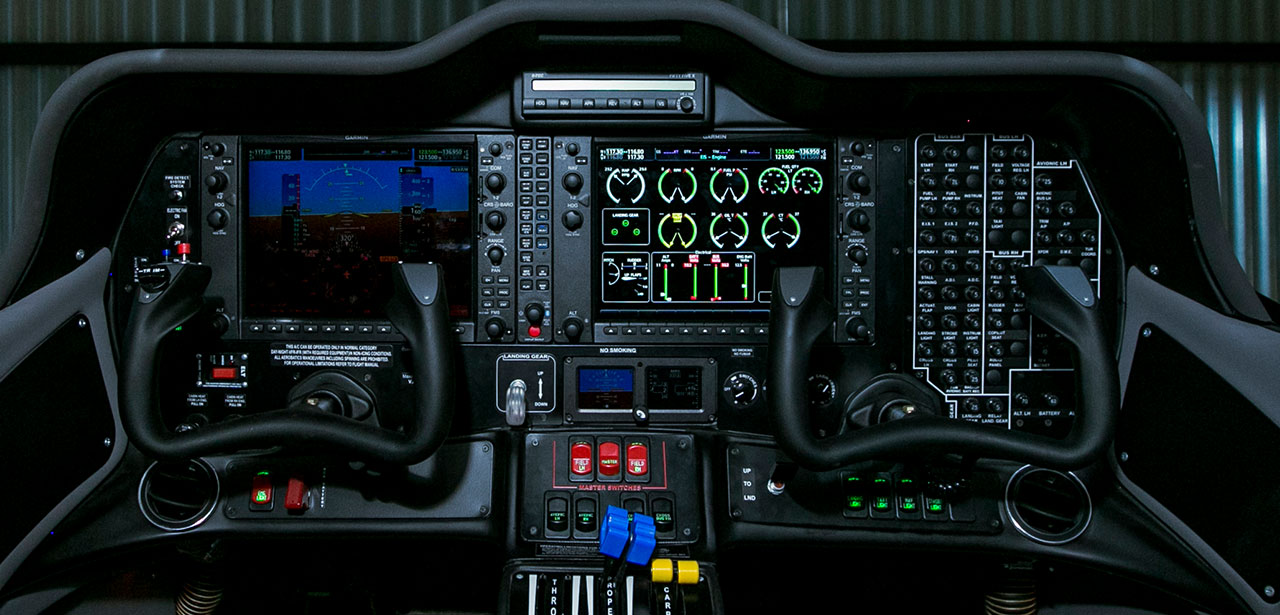Instrument Rating
Minimum requirements: 35 flying hours, 30 hours of ground school
After obtaining the Private Pilot Certificate, the next step is to obtain the Instrument Rating. This certificate allows to fly with instruments references when the weather conditions are not visual.
It must be taken into consideration that the Private Pilot Certificate only allows for flying under visual flight rules: with good weather conditions, good surface visibility and clear of clouds, not being able to fly in conditions such as low visibility, fog, rain, etc.

Program
The training to obtain the FAA Instrument Rating is divided into three stages specifically designed, that covers theory through ground school, and practice with flying hours. After each stage, the Chief Instructor or a Check Instructor will conduct a Progress Check, both theoretical and practical. The objective is to evaluate the student’s progress.
The course is conducted in accordance with a personalized training program, following FAA Approved Courses structure.
XFLIGHT Aviation Academy makes use of the “Cessna Training Kits” digital platform, that can be accessed online/offline on IPAD IOS or via web browser on other devices. The platform design follows the same Stages and Scenarios structure which makes studying very productive, taking full advantage of it audiovisual and audiobook resources, helping the students to train their hearing in Aeronautical English.
Instrument Flying – First stage
This first stage is dedicated to develop the necessary skills to fly with reference to the instruments in the airplane.
The students will learn the principles of flying under instrument flying rules, navigating with them, and controlling the aircraft during the various phases of the flight; including possible errors and emergencies. In addition, there will be an introduction to navigation systems like VOR, GPS and ADF .
Instrument Approach and Landing – Second stage
This stage is dedicated to approaching and landing solely based on the instruments as a reference. Different tools/systems are utilized such as: ILS, GPS, VOR, NDB, LOC, among others. During this phase the student will also train in holding patterns, missed approaches or go arounds and partial instrument panel failure landings.
Instrument Cross-Country Flights – Third stage
The final training stage is dedicated to a cross-country flight fully under IFR conditions, consisting of a navigation, with a defined route during instrument flying.
The students will learn how to plan the flying route, submitting the flight plan, obtaining IFR clearances what to do in case of loss of radio communications and tracking and following a route along VOR, GPS and NDB systems, making instrument approaches at each destination airport.
Exam
The final examen comprises a theoreticaland a practicalinstance.
In the theoretical part, the student must be able to answer and solve questions based on regulations and instrument rating theory. In the theoretical part, the student must be able to answer and solve questions based on regulations and instrument rating theory. In the practical part, the student will conduct a flight with the examiner and must satisfactorily demonstrate in flight maneuvers as requested. Such as navigating without visual references using the instruments as a guidance, conduct instrument approaches and landings under different scenarios, and solve a simulated partial equipment failure.
After successfully approving the exam, the student will receive the Instrument Rating.